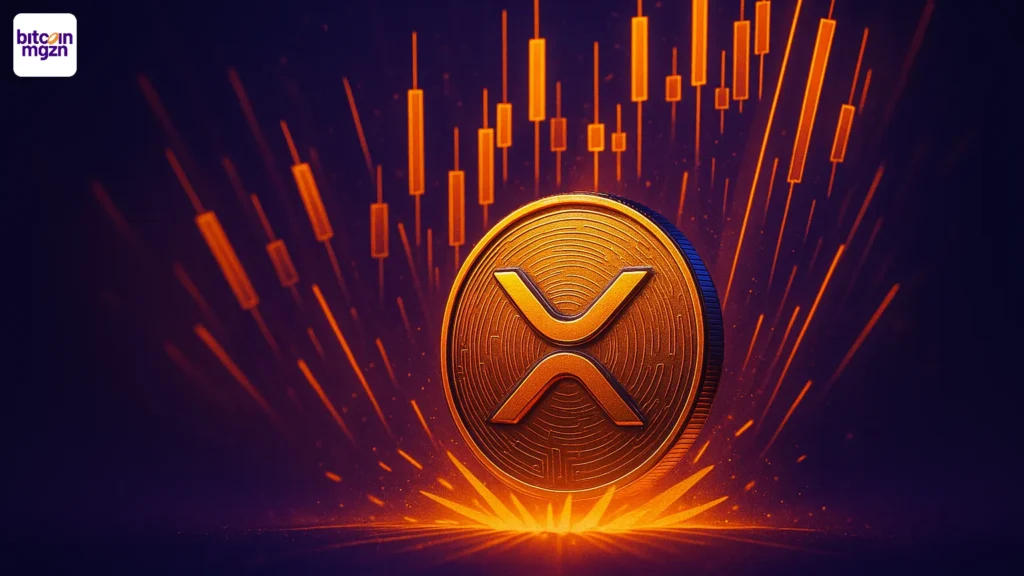NAIROBI, Oct. 31 — Gold is currently going through a historic period of volatility. Rising past $4,160/oz before falling to two-week lows due to profit-taking and dollar strength, Ubuntu Tribe’s “Gold for All” report offers some timely context on how central banks purchased roughly 3,255 tonnes of gold across 2022–2024 — including 1,136 tonnes in 2024 alone (~31% of global supply) — the strongest three-year accumulation since the early 1970s.
The report finds central banks driving the turn back to physical reserves. In 2022 and 2023, official sector purchases totalled 1,082 tonnes and 1,037 tonnes, sustaining record demand.
The report frames recent buying and repatriation by countries like China, Turkey, and Poland as responses to sanctions risk and a preference for domestic custody of reserves, rather than reliance on unallocated claims in London or foreign vaults.
“Finance is trust,” said Mamadou Kwidjim Toure, founder of Ubuntu Tribe. “When faith in promises erodes — through sanctions risk, counterparty exposure or custody uncertainty — institutions reach for assets that stand on their own. That is why reallocation to physical reserves is accelerating now as a search for resilience. Institutions are now building formal policies to treat gold as balance-sheet ballast.”
Global mine output peaked at ~3,656 tonnes in 2019 and was still ~3,644 tonnes in 2023 — essentially flat despite higher prices. New discoveries typically take 10–15 years to reach production, so underinvestment today only shows up as shortages in the 2030s. South Africa, once dominant, now contributes less than 4% with 145 tonnes of annual production. In 2022, recycling added 1,144 tonnes — about one-third of mine output that year.
Demand, by contrast, is driven by households and culture: Households in China and India hold more than 45,000 tonnes between them, dwarfing most sovereign reserves. Jewellery demand totalled 2,086 tonnes in 2022, while technology demand was 308 tonnes.
Refining and logistics further concentrate risk: Switzerland processes roughly two-thirds of the world’s supply with ~2,500 tonnes annually. Western markets typically use 400-ounce bars, while Asian buyers prefer 1-kg bars. Converting between the two adds cost and delays. Flight or supply chain disruptions — as seen during the COVID-19 pandemic in 2020 — can trap bullion and widen regional premiums despite healthy inventories elsewhere.
“This is a structural imbalance,” Toure said. “Supply has stalled, new discoveries take a decade or more to deliver, and demand is broadening across central banks, institutions and households. The implication is clear: gold is functioning as balance-sheet ballast.”
The analysis also shows that regulatory fragmentation is pushing legitimate metal into the shadows. Artisanal and small-scale miners — around 15% of global supply — are often excluded from formal finance, and more than 400 tonnes a year are estimated as informal exports out of Africa as banks de-risk gold exposure to avoid compliance penalties.
“When compliance frameworks exclude responsible producers, the result is predictable,” Toure added. “Liquidity migrates to opaque channels, black markets strengthen, and trust erodes. We need regulation that reconnects compliant finance to real supply, with standards, audits and reliable delivery.”
So-called “paper markets,” which include instruments like COMEX futures, certain ETFs, and London unallocated bullion accounts, exhibit fragility: COMEX open interest has exceeded 16 claims per deliverable ounce and London’s unallocated pool averages seven to nine claims per bar, underscoring the premium on custody and delivery. In response, the report highlights digitized, allocated gold — audited in real time and redeemable on demand — as the most credible foundation for restoring trust. Dubai’s emergence as an East–West hub has eased some frictions, yet the system remains brittle as long as standards and settlement are inconsistent.
The final part of the report offers a set of practical recommendations. Nations should raise strategic allocations and secure custody at home rather than relying on foreign vaults; institutions should codify gold’s role as balance-sheet ballast with clear settlement standards; households should build documented core reserves with verifiable provenance; and industry participants should tighten standards and audits and prioritize reliable delivery to reduce illegal flows and rebuild confidence along the supply chain.
Why Is This Happening Now?
Placing today’s shift in context, the report points to pivotal breaks — Britain’s 1931 exit from the gold standard, the United States in 1971 and India’s 1991 crisis — where access to gold shaped national outcomes. In each of these turning points, access and custody of gold determined resilience — a dynamic that is resurfacing today. The current cycle, it argues, is not theory but necessity: central banks accumulate, households hoard, supply stalls, compliance fragments and logistics strain.
Ubuntu Tribe positions itself at the center of this shift through GIFT Gold, its regulated, gold-backed digital token with a full 1:1 gold backing. With independently audited, insured and regulated vault storage across a range of jurisdictions, including Switzerland, Germany, Denmark and the UAE. Ubuntu Tribe provides households, institutions, and nations with a transparent, verifiable way to hold gold in the digital age.
The full report is available on Ubuntu Tribe’s official page.
About Ubuntu Tribe
Ubuntu Tribe (UTribe) is a Web3-native fintech firm that bridges physical value with decentralised finance. The token, GIFT Gold, is a regulated, gold-backed digital token providing inclusive access to real-world assets. All fundamental gold reserves are independently audited, insured, and stored in regulated vaults across Germany, Switzerland, Denmark, and the UAE, ensuring security and transparency for token holders.
To learn more about Ubuntu Tribe, visit https://utribe.one/
Disclaimer: The information presented in this article is part of a sponsored/press release/paid content, intended solely for promotional purposes. Readers are advised to exercise caution and conduct their own research before taking any action related to the content on this page or the company. Coin Edition is not responsible for any losses or damages incurred as a result of or in connection with the utilization of content, products, or services mentioned.
Source: https://coinedition.com/central-banks-on-a-gold-rush-ubuntu-report-reveals-fastest-buying-spree-since-1971/


